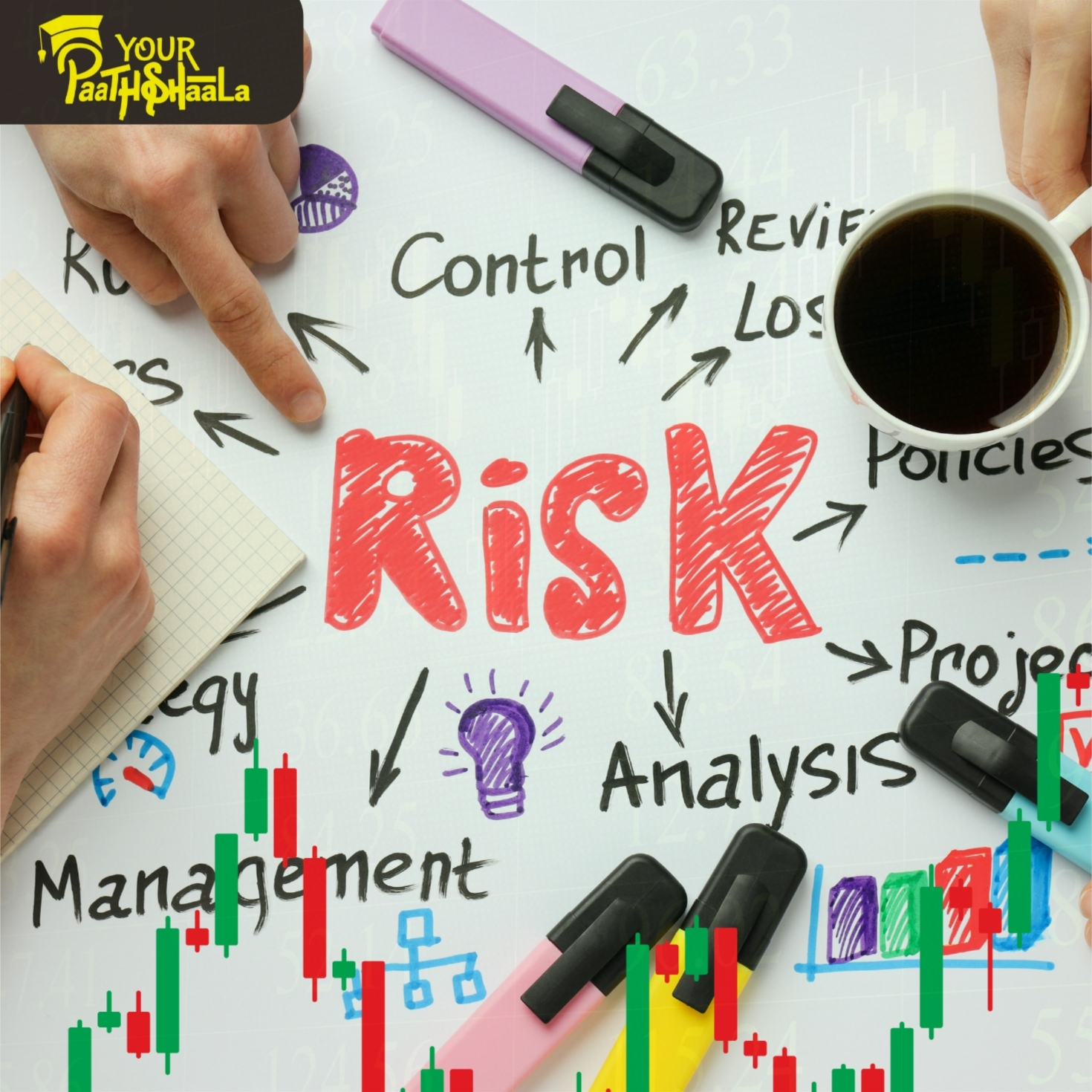Carbon Risk Analytics: Building Climate-Conscious Portfolios in 2025
As climate change reshapes global markets, carbon risk analytics has become a critical tool for investors aiming to build resilient, sustainable portfolios. As of August 8, 2025, advanced analytics—measuring carbon footprints, assessing carbon beta, exploring decarbonization pathways, and conducting climate stress testing—enable investors to manage hidden climate risks while maintaining strong risk-return profiles. This 2000-word guide explores these cutting-edge strategies, offering actionable insights for beginners and seasoned investors. By integrating carbon analytics, you can align investments with sustainability goals and navigate future uncertainties. Ready to make smarter, climate-conscious decisions? Let’s dive into carbon risk analytics.
What is Carbon Risk Analytics?
Carbon risk analytics involves evaluating a portfolio’s exposure to climate-related risks, including direct and indirect carbon emissions, policy changes, and environmental disruptions. Beyond traditional metrics like Scope 1 (direct emissions) and Scope 2 (energy-related emissions), it encompasses Scope 3 (supply chain emissions) and measures like carbon beta, which gauges sensitivity to climate policies. With global ESG assets surpassing $50 trillion in 2024, per Bloomberg, and increasing regulatory pressures like carbon pricing, carbon analytics is essential for building portfolios that balance profitability with long-term sustainability in 2025’s dynamic markets.
Key Strategies in Carbon Risk Analytics
To excel in carbon risk analytics, focus on four key strategies: comprehensive carbon footprint analysis, carbon beta assessment, decarbonization pathways, and climate stress testing. Below, we explore each in detail.
1. Comprehensive Carbon Footprint Analysis: Beyond Scope 1 and 2
Understanding a portfolio’s carbon footprint involves measuring direct (Scope 1), energy-related (Scope 2), and indirect (Scope 3) emissions across investments. For example, a portfolio holding oil companies like ExxonMobil may have high Scope 3 emissions from fuel use. Advanced analytics identify hidden risks in supply chains or operations, enabling targeted adjustments to reduce exposure.
How to Conduct Carbon Footprint Analysis
Use tools like MSCI Carbon Footprint or S&P Global’s Trucost to measure emissions.
Assess high-emission sectors like energy or industrials in ETFs such as XLE or XLI.
Identify Scope 3 risks in supply chains, especially for consumer goods or tech firms.
Diversify into low-carbon assets like ESG ETFs (e.g., ESGU) to reduce footprint.
Carbon footprint analysis provides clarity but faces challenges like incomplete Scope 3 data, so rely on robust providers.
2. Carbon Beta Assessment: Measuring Policy Sensitivity
Carbon beta measures a portfolio’s sensitivity to climate policy changes, such as carbon taxes or emissions regulations. A high carbon beta, like that of fossil fuel-heavy portfolios, indicates vulnerability to policy shifts, while low-carbon assets like renewables have lower betas. For instance, EU’s 2025 carbon pricing expansion could impact high-beta stocks.
How to Assess Carbon Beta
Use analytics platforms like Bloomberg ESG or Sustainalytics to calculate carbon beta.
Reduce exposure to high-beta sectors by shifting to ETFs like ICLN (clean energy).
Monitor global policy developments, such as carbon pricing or net-zero mandates.
Diversify across low-beta assets like technology or healthcare to mitigate policy risks.
Carbon beta assessment enhances resilience but requires accurate policy forecasts, so stay updated on regulations.
3. Decarbonization Pathways: Balancing Performance and Sustainability
Decarbonization pathways outline strategies to reduce portfolio carbon exposure while maintaining strong risk-return performance. For example, reallocating from coal stocks to renewable energy firms like First Solar supports net-zero goals without sacrificing growth. Pathways align with global frameworks like the Paris Agreement, ensuring long-term viability.
How to Implement Decarbonization Pathways
Use tools like TCFD or Science Based Targets to design decarbonization strategies.
Invest in green bonds (e.g., BGRN) or renewable ETFs (e.g., TAN) for low-carbon exposure.
Set portfolio carbon reduction targets, such as 50% by 2030, aligned with global goals.
Diversify across low-carbon sectors to balance returns and sustainability.
Decarbonization pathways align with trends but may involve short-term costs, so prioritize gradual transitions.
4. Climate Stress Testing: Simulating Future Risks
Climate stress testing simulates scenarios like extreme weather, policy shifts, or carbon price hikes to uncover hidden portfolio risks. For example, testing a real estate ETF (VNQ) against rising sea levels can reveal vulnerabilities in coastal assets. This proactive approach ensures portfolios withstand climate-related disruptions.
How to Conduct Climate Stress Testing
Use platforms like BlackRock’s Aladdin Climate or MSCI Climate VaR for scenario analysis.
Test assets like agriculture (DBA) or insurance (KBWP) against climate scenarios.
Adjust allocations based on stress test results, favoring resilient sectors like renewables.
Diversify across regions and asset classes to reduce exposure to specific risks.
Climate stress testing strengthens portfolios but relies on accurate scenario models, so validate with multiple tools.
Risks and Challenges in Carbon Risk Analytics
Carbon risk analytics offers resilience but comes with challenges:
Data Limitations: Scope 3 emissions data can be incomplete or inconsistent.
Regulatory Uncertainty: Evolving climate policies may disrupt strategies.
Performance Trade-Offs: Over-emphasizing low-carbon assets may limit short-term returns.
Complexity: Advanced analytics require expertise and robust tools.
To mitigate risks, diversify across assets, use verified data providers, and monitor policy shifts. Professional guidance can simplify implementation.
Tools and Resources for Carbon Risk Analytics
To excel in carbon risk analytics, leverage these tools:
Analytics Platforms: Use MSCI, S&P Global, or Bloomberg ESG for carbon metrics.
Investment Platforms: Access low-carbon ETFs via Vanguard or Fidelity.
Climate Tools: Conduct stress tests with BlackRock’s Aladdin Climate or TCFD frameworks.
Educational Resources: YourPaathshaala offers courses on climate-conscious investing.
These tools, paired with disciplined research, can optimize your carbon risk strategy.
Why Carbon Risk Analytics Matters in 2025
As of August 8, 2025, carbon risk analytics is critical amid escalating climate and regulatory pressures. Climate-related losses hit $300 billion in 2024, per Munich Re, while global carbon pricing schemes expanded, covering 25% of emissions, per World Bank. Low-carbon ETFs like ICLN outperformed traditional energy by 15% in 2024, per Morningstar. With new climate correlations reshaping diversification, carbon analytics is essential for building portfolios that thrive in a net-zero future.
Getting Started with Carbon Risk Analytics
Ready to make climate-conscious investment decisions? Follow these steps:
- Learn Carbon Metrics: Study carbon footprints, beta, and climate scenarios.
- Choose a Platform: Select a broker offering ESG ETFs and carbon analytics tools.
- Start Small: Test carbon strategies with a small, diversified portfolio.
- Diversify: Spread investments across low-carbon assets and resilient sectors.
- Seek Education: Enroll in courses at YourPaathshaala, located near Anjali Children Hospital, Tagore Nagar, Mathpurena, Raipur, Chhattisgarh, PIN code: 492001.
Conclusion
Carbon risk analytics—through comprehensive footprint analysis, carbon beta assessment, decarbonization pathways, and climate stress testing—offers a robust framework for building climate-conscious portfolios in 2025. These strategies align investments with sustainability goals, enhancing resilience against environmental and policy shifts. Despite challenges like data limitations or regulatory uncertainty, diversified approaches and advanced tools can lead to success. Discover how carbon analytics drives smart investing with YourPaathshaala’s expert guidance.
Visit YourPaathshaala
Near 🏥 Anjali Children Hospital, Tagore Nagar, Mathpurena, Raipur.
📫 PIN code: 492001, Chhattisgarh
📞 Click the Call Now to contact us!
Take your financial knowledge to the next level with YourPaathshaala—your trusted partner for investment education and market insight.







